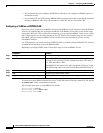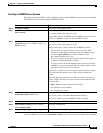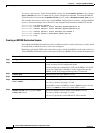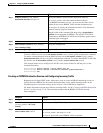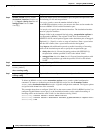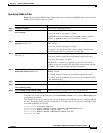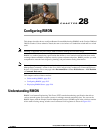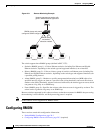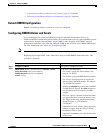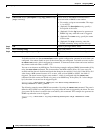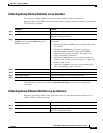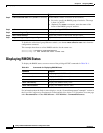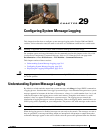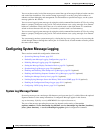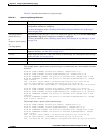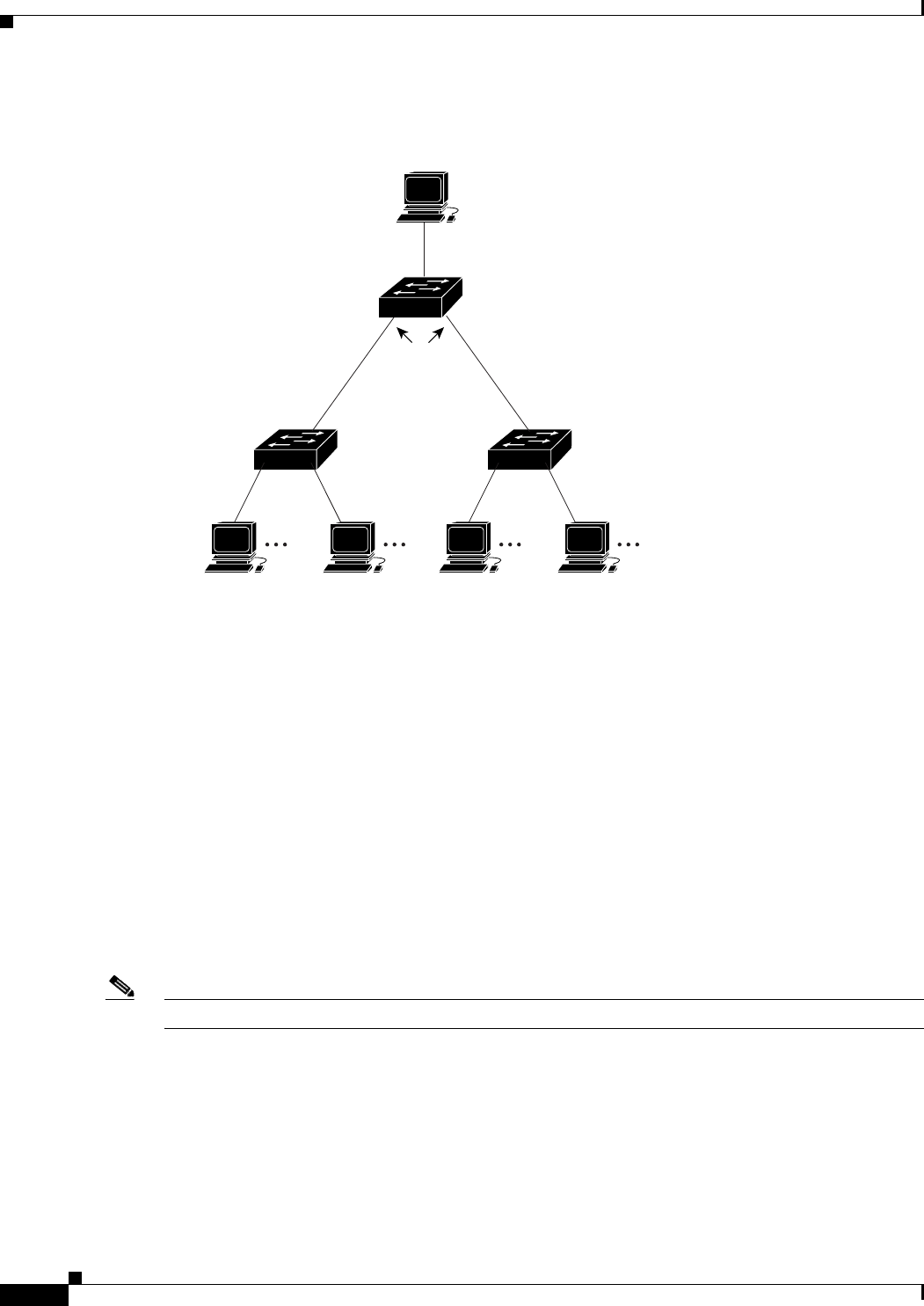
28-2
Catalyst 2960 and 2960-S Switch Software Configuration Guide
OL-8603-09
Chapter 28 Configuring RMON
Configuring RMON
Figure 28-1 Remote Monitoring Example
The switch supports these RMON groups (defined in RFC 1757):
• Statistics (RMON group 1)—Collects Ethernet statistics (including Fast Ethernet and Gigabit
Ethernet statistics, depending on the switch type and supported interfaces) on an interface.
• History (RMON group 2)—Collects a history group of statistics on Ethernet ports (including Fast
Ethernet and Gigabit Ethernet statistics, depending on the switch type and supported interfaces) for
a specified polling interval.
• Alarm (RMON group 3)—Monitors a specific management information base (MIB) object for a
specified interval, triggers an alarm at a specified value (rising threshold), and resets the alarm at
another value (falling threshold). Alarms can be used with events; the alarm triggers an event, which
can generate a log entry or an SNMP trap.
• Event (RMON group 9)—Specifies the action to take when an event is triggered by an alarm. The
action can be to generate a log entry or an SNMP trap.
Because switches supported by this software release use hardware counters for RMON data processing,
the monitoring is more efficient, and little processing power is required.
Note 64-bit counters are not supported for RMON alarms.
Configuring RMON
These sections contain this configuration information:
• Default RMON Configuration, page 28-3
• Configuring RMON Alarms and Events, page 28-3 (required)
101233
RMON alarms and events
configured. SNMP configured.
RMON history
and statistic
collection enabled.
Workstations
Workstations
Network management station with
generic RMON console application



